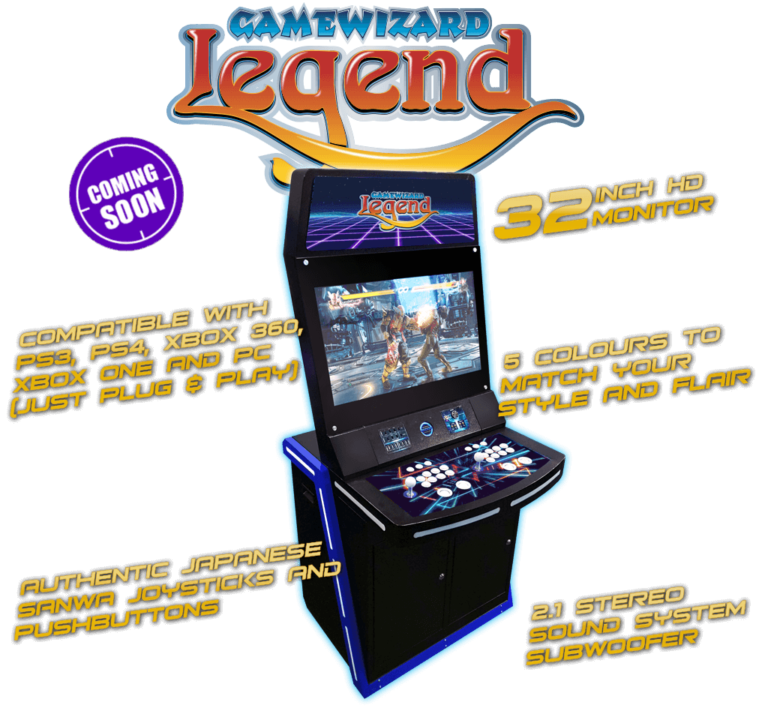

First, why is it called the “pinball” region? I like to think it’s because when it’s visualized in the Mechanical window, it looks like a blue pinball from an actual pinball arcade game, but I’ll admit that the ANSYS terminology may predate the Mechanical interface. There is a default value for the pinball region/radius. Reducing the pinball radius to an appropriate smaller amount would be the fix for eliminating this ‘overconstraint’ if desired. In that case, more of the curved surface may be considered in contact than would be the case if the pinball region was smaller. This can be good, in that it allows for some ‘slop’ in the geometry to be automatically ignored, but it also can have a downside if we have a curved surface touching a flat surface for example. The contact and target pairs just need to be inside the pinball region. So, for bonded and no separation, your contact and target elements do not need to be line on line touching in order for contact to be recognized. For these types, as long as the contact and target are close enough to be within the pinball region, the program considers the contact region to be closed. With these contact types, the program’s behavior when the contact and target elements are within the pinball region is different. The other scenario is for bonded and no separation contact. In other words, for frictionless and frictional contact, if the contact and target elements are close enough to be inside the pinball region, the program will make all sorts of checks and adjustments to make sure the contact behavior is adequately captured. If they are touching and penetrating, the program will check to see if the penetration exceeds the allowable amount and will make adjustments, etc. If they are touching, the program will check to see if they are sliding or possibly separating. What about what happens if the contact and target are inside the pinball region? The answer to that question depends on which contact type we have selected.įor frictionless contact (aka standard contact in MAPDL) and frictional contact, the program will then check to see if the contact and target are truly touching. It just assumes they are far away and not in contact. So, outside the pinball region, we know ANSYS doesn’t check to see if the contact and target are actually in contact. Here the pinball radius is displayed as a dashed blue circle, centered on the contact elements, with a radius of 2X the depth of the underlying solid elements.

The contact and target elements actually ‘coat’ the underlying solid elements so they are shown as dashed lines slightly offset from the solid elements for the sake of visibility. Target elements outside the pinball radius will not be checked for contact. The gray elements on the left represent the contact body and the red elements on the right represent the target body (assuming asymmetric contact). The program assumes they are far away from each other and doesn’t worry about any additional calculations for the most part. Outside the pinball region, ANSYS doesn’t bother to check to see if the elements on opposite sides of the contact region are touching or not. The pinball region is involved with the distance from contact element to target element in a given contact region. In this current entry we will go more in depth on the pinball region, also known as the pinball radius.
#Pinball wizard controller series#
had this song in mind when they came up with the nomenclature for the 17X (latest and greatest) series of contact elements in ANSYS, but regardless, you too can be a pinball wizard when it comes to understanding contact elements in ANSYS Mechanical and MAPDL.įans of this blog may remember one of my prior posts on contact regions in ANSYS that also had a musical theme (bringing to mind Peter Gabriel’s song “I Have the Touch”): I’m not sure if the developers at ANSYS, Inc. This sing popped into my head recently when we had some customer questions here at PADT regarding the pinball region concept as it pertains to ANSYS contact regions. If you’re not familiar with Pinball Wizard, it’s from The Who’s rock opera Tommy, and is about a deaf, mute, blind young man who happens to be adept at the game of pinball. Two songs I remember in particular are ‘Hurdy Gurdy Man’ by Donovan and ‘Pinball Wizard’ by The Who.

In that class we listened to and discussed fairly recent songs in addition to general music studies. Today we’d probably say she was eclectic. I had a very cool music teacher back in 6 th or 7 th grade in the 1970’s in upstate New York. A pinball machine based on The Who’s Tommy


 0 kommentar(er)
0 kommentar(er)
